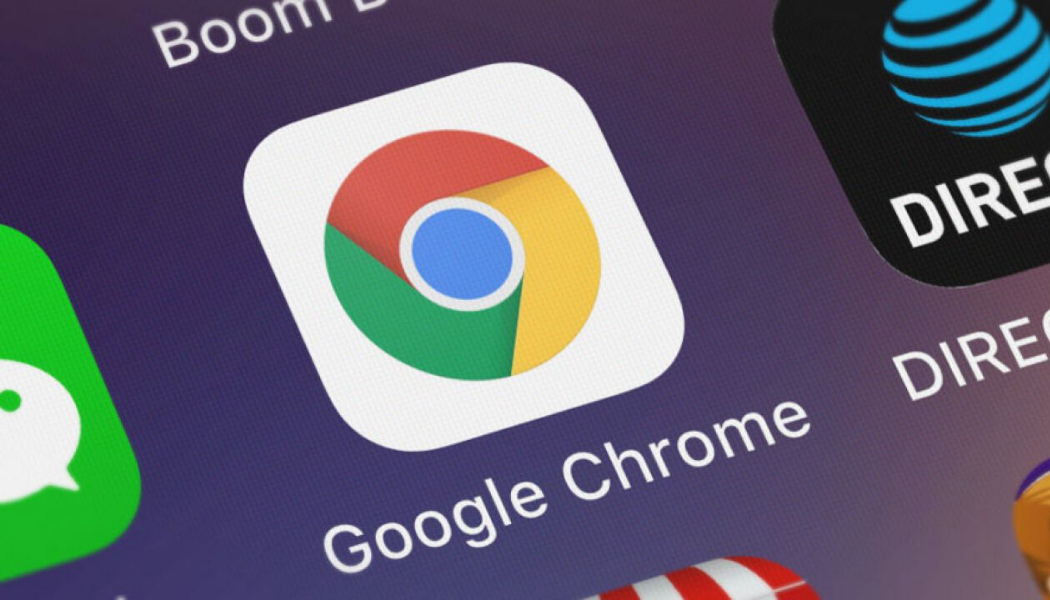The web possibly will soon have a smaller amount of crappy, obligatory video ads for you to undergo. This August, web browser of Google Chrome has a plan to start blocking lengthy ads, “ads that are not skippable” preroll ads, ads that cause of blocking a big chunk of your video, and those ads that disturb your videos in the mid, if the video that are you viewing is less than eight minutes lengthy.
That is in point of fact the official direction from the Coalition for Better Ads. Google is also a board member of that coalition, and will perhaps effect on other firms as well. Facebook and Microsoft are also members of the Better Ads board.
But as outstanding as it might sound to have less spammy web ads. It seems that it is not completely an altruistic move by Google. This step suggests a whole group of other firms will have to design ads the way YouTube previously likes them.
As the blog post of Google reveals that YouTube will also need to obey these standards. Moreover, we are thinking YouTube might previously be completely obedient. YouTube is the display place that promoted the awareness of letting you skip ads after 5 seconds. It also keeps its banner ads to some extent in check. And at present only permits mid-roll ads on videos, which are of 10 minutes or longer.
Google says in a talk with The Verge that it is uncertain if any alterations will be needed yet. But stressed that YouTube will be reviewed like any other site. We are still looking to hear back from Microsoft and Facebook.
Either way, it seems like that publicists have till August 5th to know about it. That’s when Google declares Chrome will give up to show video ads on any site “that repetitively display these disruptive ads.”
The firm, which made an announcement the ad-filtering feature previous year, desires to free the internet of the disturbing ads that use people to block entirely or in most extent ads on the internet. If used more extensively, all-inclusive adblockers might put a dimple in Google’s $110B in yearly income. Google has control of near about one-third of the digital advertising market of the world, as estimations of research firm eMarketer.

